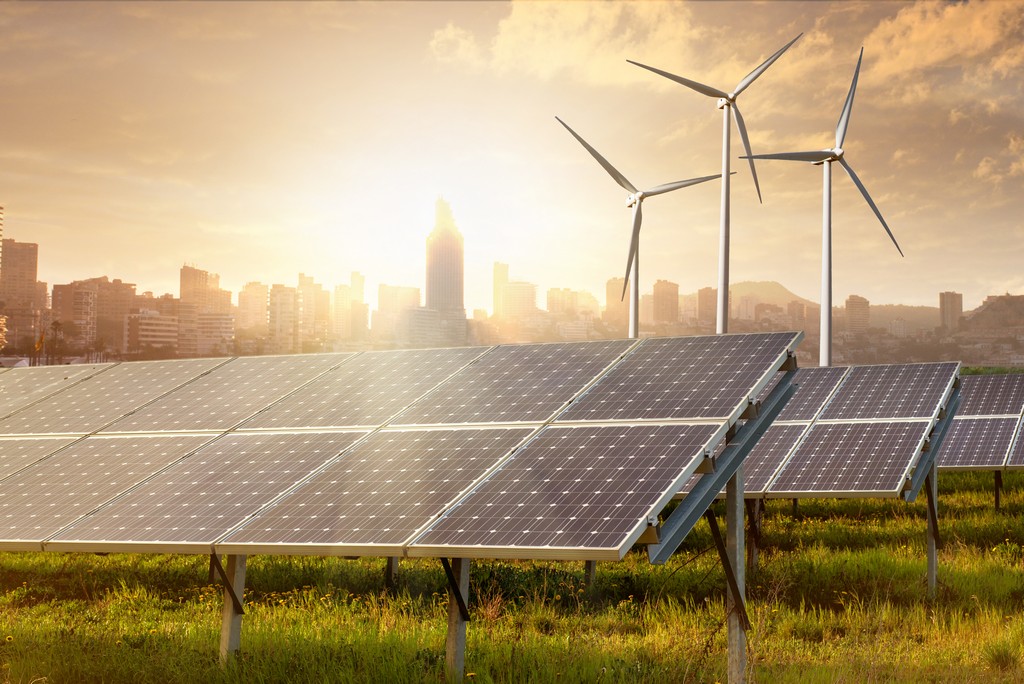Renewable energy continues to expand in the Philippines
- August 11, 2016
- 0

The renewable energy industry in the Philippines is on a rise, and may continue to bloom in the next few years.
In a report by CNBC, Senator Miguel Zubiri, author of the Renewable Energy Act of 2008, said that there are now 406 RE projects in the country.
“I’m very proud to say that since we passed the law in 2008, from what used to be just 22 renewable energy projects, we now have 406 projects, either already built or being constructed,” he said.
He added that the industry is booming, with over three million in total produced for engineers and construction workers in the country.
CNBC said that the Philippines sources over one-third of its energy needs through renewable energy.
This growth has attracted the attention of investors, including E
quis, Asia’s largest independent infrastructure fund manager. The company has commissioned the largest solar farm in Southeast Asia located in Cadiz City, Negros Occidental.
“In the Philippines, we’ve seen over [the] last couple of years, over 1100 megawatts of renewable energy, just in the wind and solar space installed. That’s about two billion dollars just flying into what was an industry that didn’t exist till three years ago,” Equis chief executive officer David Russell said
“What we’re seeing going forward is, over the next ten years, and expectation that that market will grow by about 20 times,” he added.
However, the shift towards clean energy has met its critics.
Some have been complaining that the country’s feed – in – tariff has made electricity in the country more expensive.
“We have been subsidizing renewable energy,” says George Chua, President of the Federation of Philippine Industries. He said that clean energy rates are locked in for 20 years that users won’t be able to enjoy the fall in prices, even when RE technology gets cheaper.
“We’re not against renewable energy, but why do we need to go into technologies that are not fully developed? We could wait a few more years when they become commercially viable,” Chua says.
However, Zubiri said that “it
will come back to the economy anyway.”
However, Solar Philippines founder Leandro Leviste believes that RE, particularly solar, can be an affordable source of energy for the country without subsidies.
“The cost of electricity in the Philippines is twice the cost as it is other countries, while the cost of a solar panel is the same cost here as it is in other countries. You take the solar panel costs in other countries, put them here, and solar is just significantly cheaper than even coal,” Leviste said.
“I think that it’s just obvious, that solar is, in fact, going to disrupt the entire power industry in [the] Philippines, which is the most expensive and inefficient in Asia,” he said.
Solar Philippines currently has a solar farm standing in the Batangas province, and is planning to build a new 150-megawatt solar farm in the north of Manila by 2017.